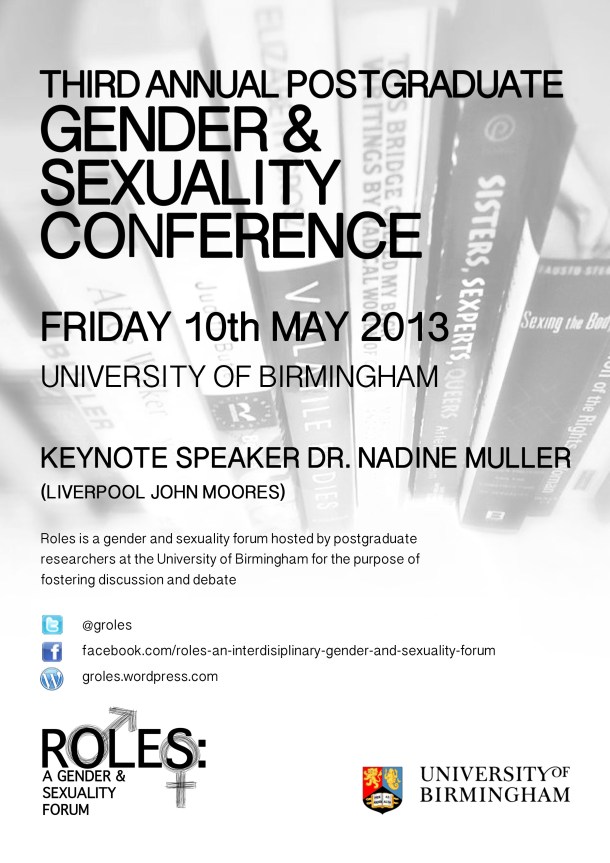Abstract
The widow transgressed mid-Victorian gender and social norms, not least due to her ambiguous status as a woman who was more respectable than a spinster (because of her former status as wife), yet also sexually experienced, able to own her own property, unguarded by a male protector, and available for remarriage. In the subsequent century – which will be the focus of this paper – she came to hold a long-lasting and often equally complex and contradictory position in British culture. The figure of the widow played a key role in campaigns for women’s suffrage in the first two decades of the twentieth century, became a prime object of psychoanalytic and psychiatric inquiry in the medicalization of grief in the 1930s and 40s; was a central image in war propaganda and in debates surrounding the development and perceived failures of the welfare state, while at the turn of the new millennium, has come to function as a site of national and cultural memory. The widow’s sustained but changing role in British culture is reflected and further illuminated in her representations in British literature and (popular) culture during these periods. This paper aims to sketch out a literary and cultural history of the gendered significance and anxieties reflected in these various representations of the widow throughout the twentieth century by drawing on her appearances in fiction, film, feminist activism, and political discourse. What this history reveals, I suggest, is that the widow is often defined as a queer and dangerous figure, threatening to question and disrupt – from the margins – dominant discourses of gender and class at the same as reinforcing them.

I don’t know if you’ve had a look at popular romantic fiction, but I’ve come across quite a few widows who are the heroines of Mills & Boon romances and so might, perhaps, be considered quite the opposite of the widow “as a queer and dangerous figure”. Widows can be found in other examples of romantic fiction too: the heroine of Mary Stewart’s Madam, Will You Talk? (1955), for example, is a widow, as is Lucilla Andrews’s heroine in The Healing Time (1969) and then there’s the romance’s “virgin widow” type, including Georgette Heyer’s heroine in The Reluctant Widow (1946).
Hi Laura, Thanks so much for this! You’re absolutely right – not all widows during all periods of the nineteenth and twentieth century were queer or dangerous in the way they were represented. However, for this particular talk, it’s the aspect that I’d like to tease out across several decades, if that makes sense. Although of course the simple fact that a figure appears in Mills & Boon does not automatically render her the opposite of queer and dangerous! 🙂 I had Heyer on my list, but not Andrews or Stewart, so will add them immediately! Thanks so much for the tips.
Have you already got High Rising by Angela Thirkell (1933)?
One last one and then I’ll stop pestering you: Little Lord Faunterleroy’s mother.
Oops. Should be “Fauntleroy” of course.